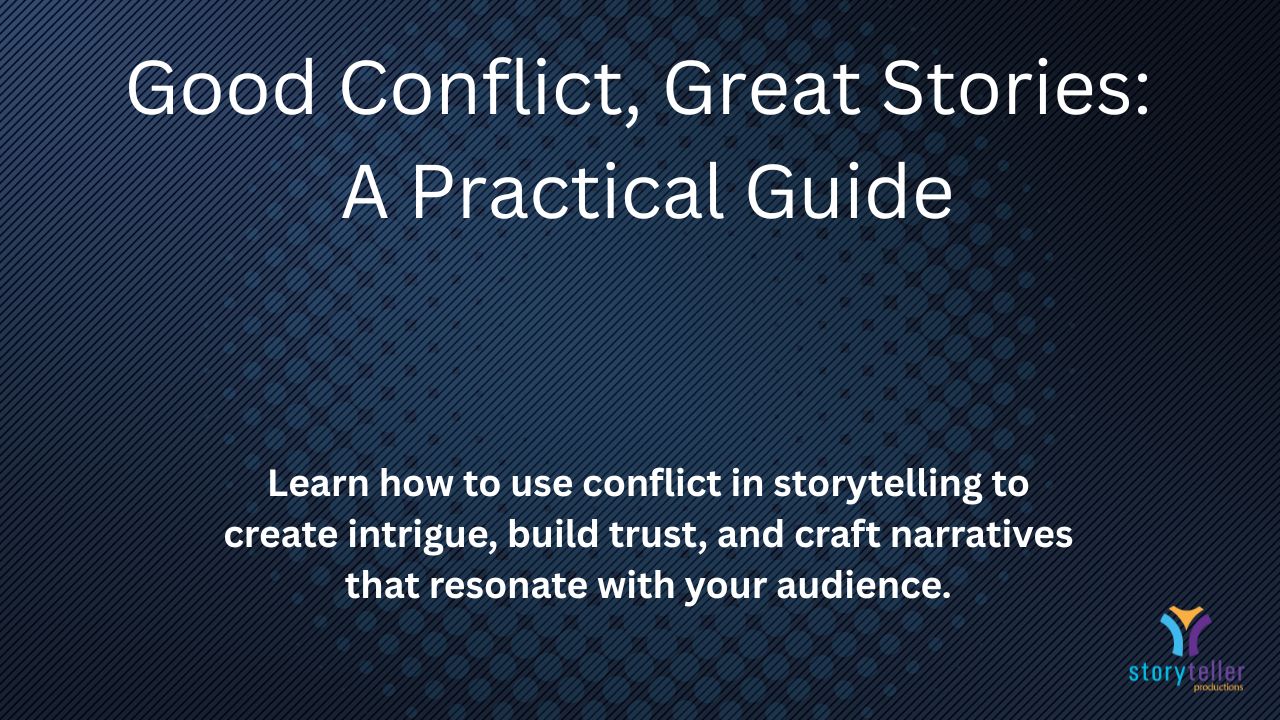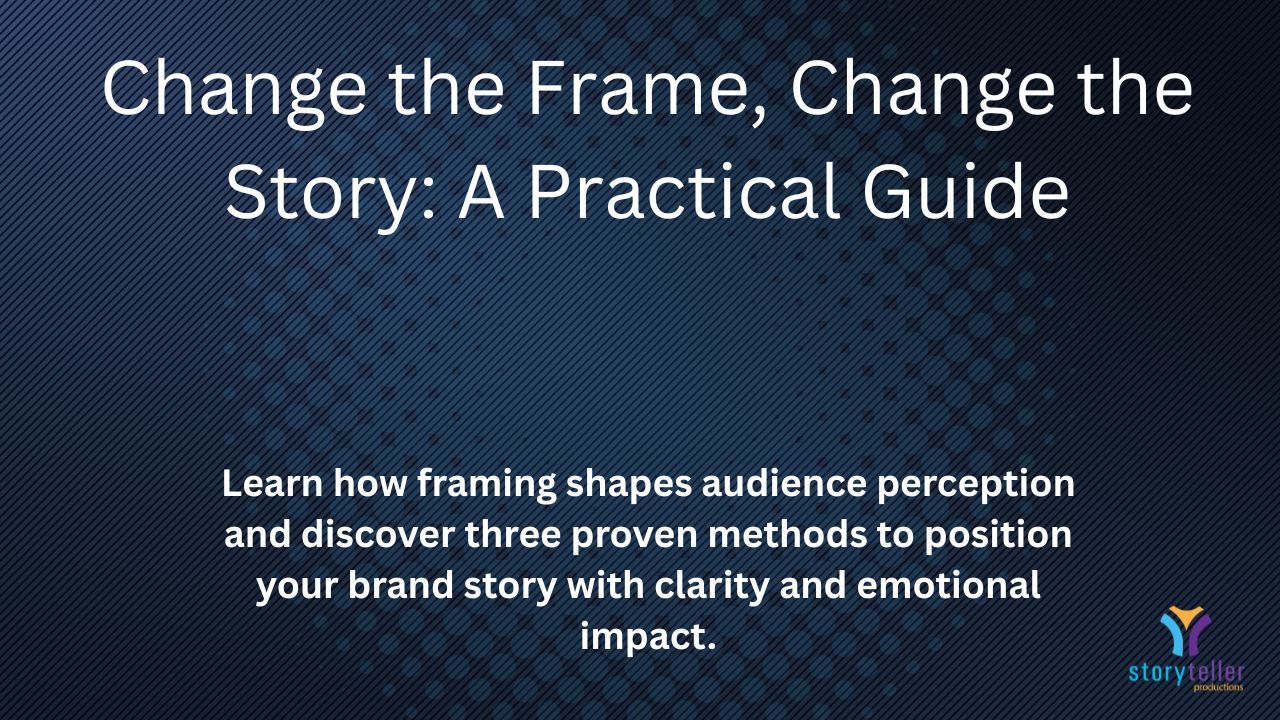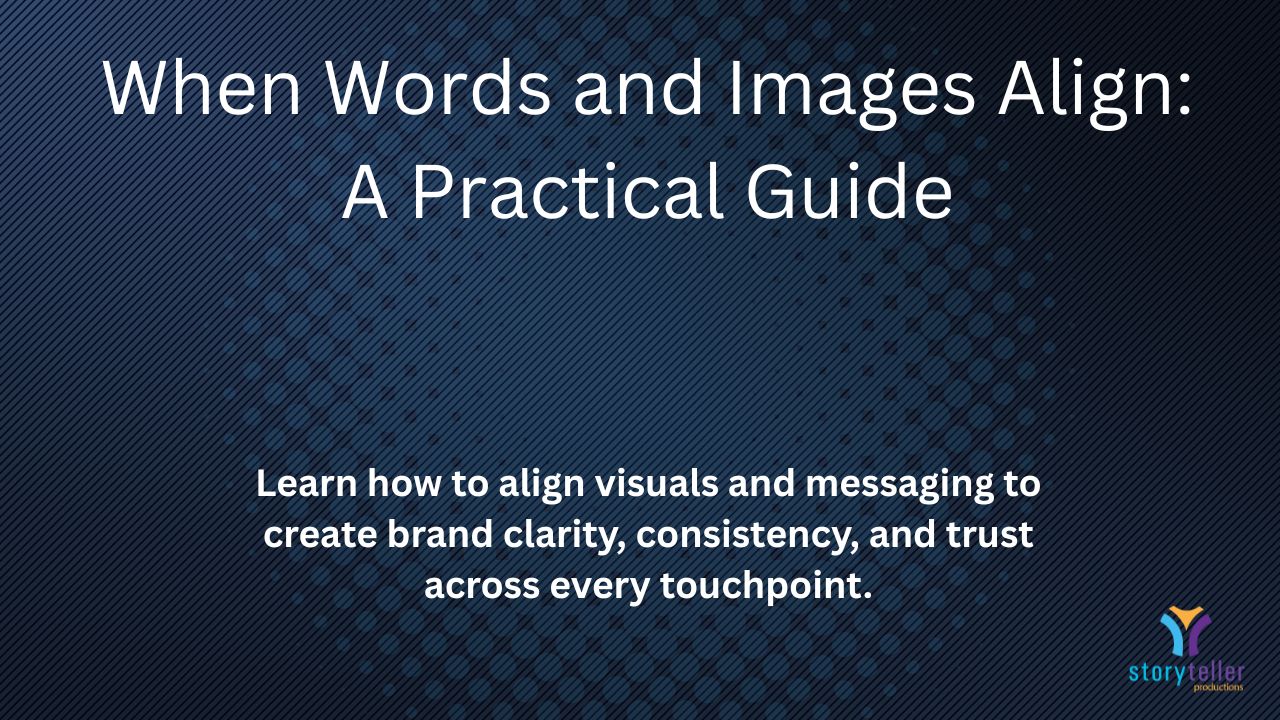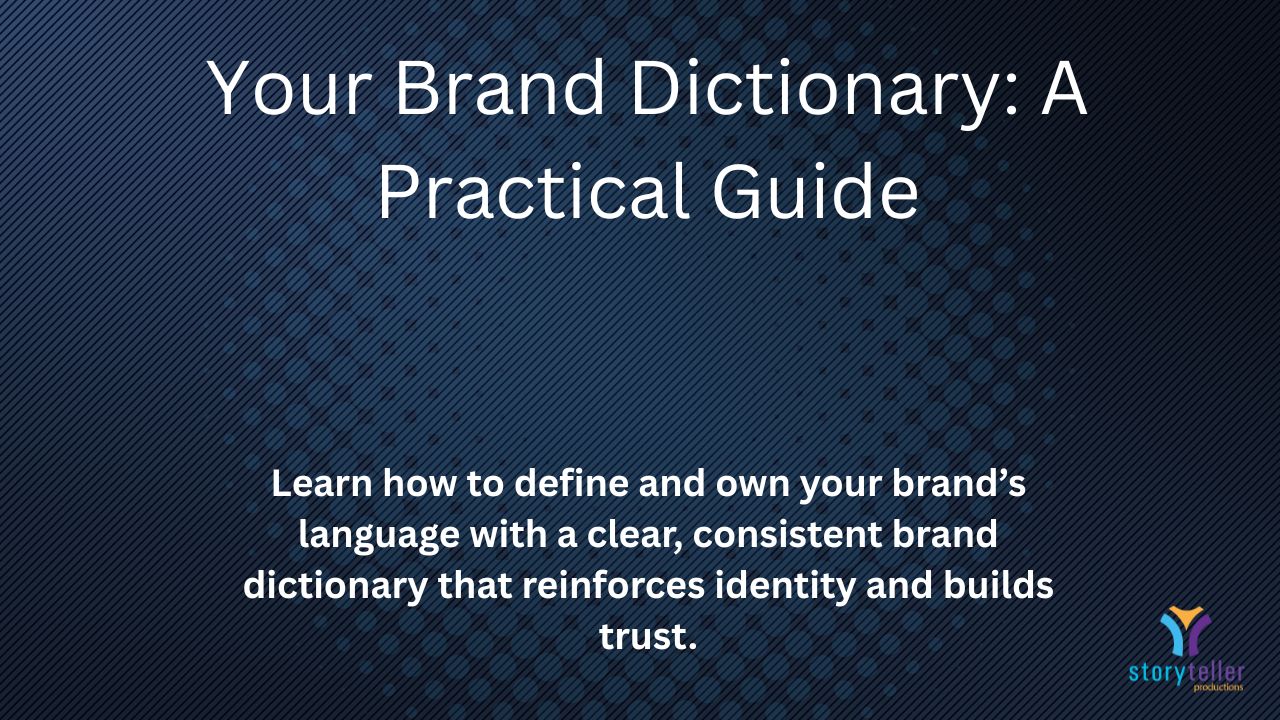Stories That Prove Themselves: A Practical Guide
Think about the last time you tried a new restaurant. Chances are, you didn’t walk in cold. You looked at reviews. You asked a friend. You scrolled through photos of the food.
That’s social proof in action — we trust other people’s stories to validate our own decisions.
The same principle applies to your brand. You can tell the best story in the world, but if it isn’t backed up by proof, it feels like marketing spin. When your story proves itself through testimonials, case studies, and endorsements, it builds trust — and trust is what converts interest into action.
What Social Proof Really Means
Social proof is the psychological shorthand people use to answer the question: “Do I believe you?”
It’s not about showing off. It’s about reducing uncertainty. When clients see that others have trusted you — and benefitted — they’re more likely to step forward themselves.
Types of social proof:
- Testimonials: First-hand accounts of transformation.
- Case Studies: Structured proof of challenge → solution → outcome.
- Expert Endorsements: Borrowed authority from recognized leaders.
- User Reviews & Ratings: Everyday validation from peers.
- Logos & Stats: Quick, high-credibility signals at a glance.
Step 1: Identify Your Strongest Proof Points
Not all proof is created equal. Find the stories that matter most to your target audience.
- Which testimonials highlight transformation, not just satisfaction?
- Which case studies clearly map to the problems your audience faces?
- Which metrics or logos carry immediate weight?
Example: For a consultant targeting founders, a testimonial about “clarity that secured our next round of funding” lands harder than “she was great to work with.”
Step 2: Weave Proof Into the Story
Most brands tuck testimonials away at the bottom of a page. That’s wasted potential.
Instead, integrate proof as part of the narrative:
- Talk about a pain point → follow with a testimonial that shows real-world impact.
- Share an insight → reinforce it with a case study that proves it’s not just theory.
This way, proof isn’t decoration. It’s structure.
Step 3: Use Visuals to Amplify Proof
Words alone are powerful, but visuals make proof visceral.
- Quote Blocks: Highlight short, punchy lines in design-forward callouts.
- Graphs/Charts: Show measurable results, not just claims.
- Videos: Let prospects see and hear clients’ emotion and conviction.
Example: A coaching brand might feature a graph of client revenue growth alongside a video testimonial describing the journey — intellect and emotion combined.
Step 4: Tell the Full Story
Proof resonates most when it’s framed as a journey.
Instead of: “This consultant helped us grow.”
Tell it like: “We were stuck at $500k revenue, unsure how to scale. After implementing this system, we crossed $1M in 12 months — and finally hired the team we needed.”
Challenge → Solution → Outcome. That’s the story arc that sticks.
Step 5: Adapt Proof to the Medium
- Website: In-depth case studies and detailed testimonials.
- Social Media: Short, scroll-stopping quotes or before/after visuals.
- Webinars/Presentations: Live client appearances or embedded testimonials to keep attention high.
Same proof. Different format. Maximum impact.
Real-World Examples
- Startup Branding Case: A consultant helped a startup clarify its positioning. By showcasing early-adopter testimonials and a growth case study, the startup gained credibility with investors — and closed a funding round.
- Webinar Integration: A service provider sprinkled live client testimonials throughout a webinar. Instead of waiting until the end, proof appeared at each key point, reinforcing expertise while keeping the audience engaged.
Proof Placement Tips
- Lead Strong: Use a compelling proof point early to capture trust.
- Reinforce Throughout: Don’t just “add proof” — integrate it with the flow of your story.
- Close Boldly: End with proof that confirms the transformation you’re promising.
Closing Thought: Proof as the Bridge
Social proof isn’t about bragging. It’s about giving your audience something solid to stand on.
Your story sets the vision. Proof builds the bridge. Together, they carry your audience from doubt to trust, and from interest to action.
Reflection Question: What proof could you surface right now that would make your story more believable, relatable, and compelling?




